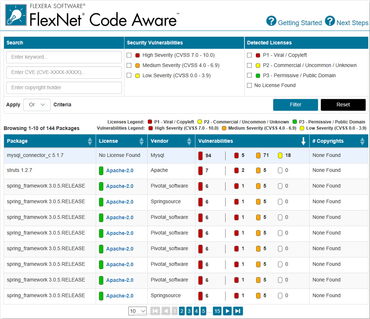Fornecedor oficial
Como distribuidores oficiais e autorizados, nós fornecemos licenças legítimas diretamente de mais de 200 editores de software.
Ver todas as nossas marcas.

Crie instaladores do Windows robustos e confiáveis.
Chat ao vivo com nossos especialistas de licenciamento de Revenera.